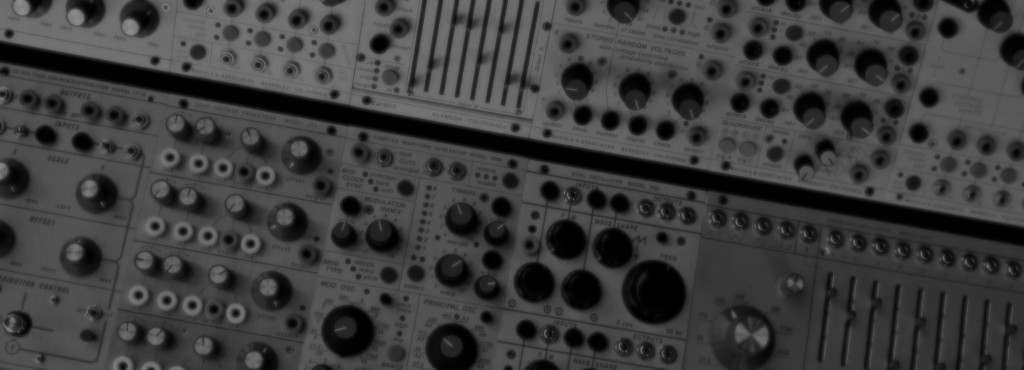Progress
this week for progress I finished implementing and testing the version of the polyphony control module that works with the newly added ADSR envelope control module designed by Charles. the main change between this version of the module and the version that I had previously designed is that this version does not remove the stored value of notes that have been released until after a new note comes in to replace it. This is because the R in ADSR stands for release and is the tailing envelope that controls the volume of the note after the key has been released. The previous behavior would have been to free up this potential note space and make the note stop playing immediately after release. The one major disadvantage to this new design is that the Polyphony will always hold the last 4 notes pressed even if they are no longer being held and without a working ADSR envelope module it will continue to play out these notes.
Scheduling
This progress is up to the level that was wanted in the schedule however due to modifications in other parts of the project the integration process and validation that it works properly. That is the portion of the project that we are spending tomorrow working on in correcting and testing the analog end of the project so that it can be used for behavioral testing of the digital components we have in the synthesis pipeline.
